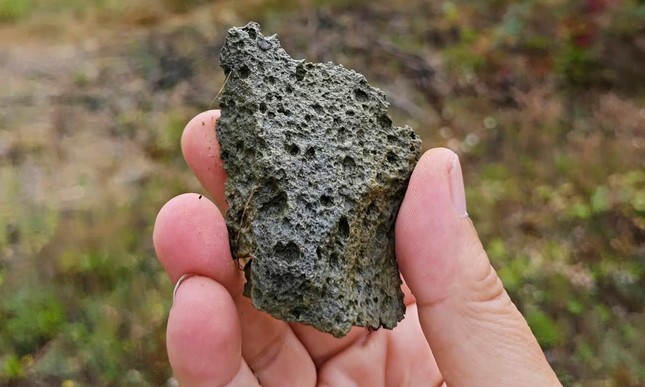Discovery of Prehistoric Traces from Over 1 Million Years Ago

A recent study has uncovered stone tools in western Ukraine that could be the oldest evidence of prehistoric humans in Europe. These intentionally shaped volcanic rock tools were excavated from a quarry in the Korolevo region in the 1970s. Using new methods, archaeologists have determined that the layers of sediments surrounding these tools date back over 1 million years.
An Ancient Puzzle
“These findings represent the earliest evidence of human presence recorded in European history,” said Mads Faurschou Knudsen, a geophysicist at Aarhus University in Denmark and co-author of the study. While it remains unclear which ancestors of humans created these tools, it is possible that Homo erectus, the first human species to stand upright and use fire, may have been responsible.
“We lack fossil evidence, so this is just a hypothesis,” added Roman Garba, an archaeologist at the Czech Academy of Sciences and co-author of the study. Garba further explained that these stone tools could have been used for cutting meat or scraping animal hides.
Dating the Tools
According to researchers, these tools could be as old as 1.4 million years, but some experts believe they may be just over 1 million years old, placing them in the same period as other ancient tools unearthed in Spain. The significance of the Ukrainian site is that it is the oldest one in northern Europe, suggesting that the first humans to venture beyond Africa may have inhabited diverse environments.
Stone Tools Across Continents
The most ancient stone tools of this kind were discovered in East Africa and date back 2.8 million years, according to Rick Potts, director of the Human Origins Program at the Smithsonian Institution in the United States. However, the Ukrainian location holds importance as it is the oldest site in the northern part of Europe, indicating that the early toolmakers may have adapted to various environments, from the warm Iberian Peninsula to the icy landscapes of Ukraine.
“Prehistoric individuals using these ancient stone tools could have roamed from the warm Iberia to the icy lands of Ukraine – evidence of an astonishing adaptive capacity,” explained Potts.
For more financial and economic news, visit Business Today.
